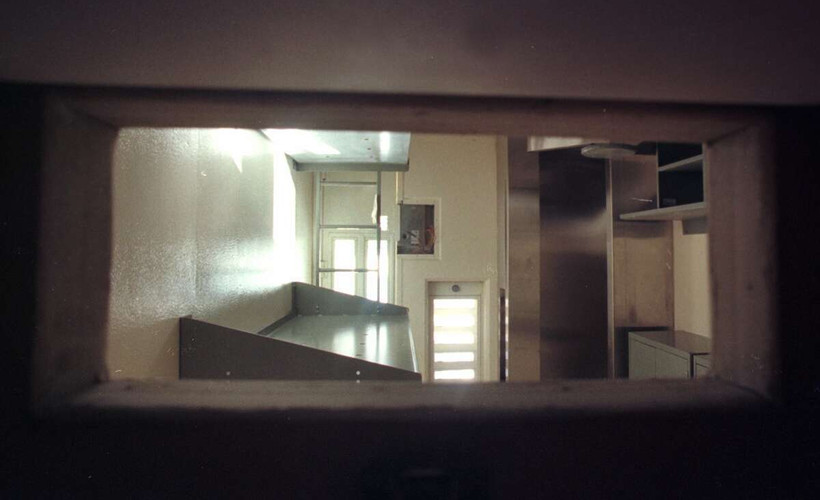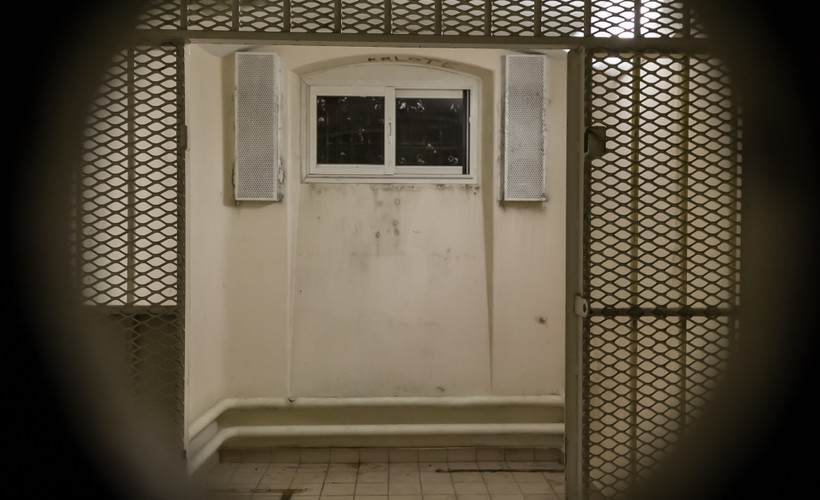Solitary by Another Name: How State Prisons Are Using ‘Therapeutic’ Units to Evade Reforms
A landmark solitary confinement reform law created a new, “rehabilitative” type of isolation unit. In practice, they’re often little different from the solitary units they were meant to replace.

- State Prisons Are Routinely Violating New York’s Landmark Solitary Confinement Law
- Prisons Are Illegally Throwing People With Disabilities Into Solitary Confinement
- Lesser Infractions Aren’t Supposed to Land You in Solitary Confinement. They Do Anyway.
- New York’s Prison Chief Ordered Guards to Illegally Shackle People to Desks
- To Implement a New Law, Prisons Likely Broke Another
- Can Anyone Make New York Prisons Follow Solitary Confinement Law?
- Prison Department Writes Its Way Out of Following Solitary Confinement Law — Again
- A Law Hasn't Fixed Solitary Confinement in New York. Can a Lawsuit?
- How New York’s Maximum-Security Women’s Prison Has Failed to HALT Solitary Confinement
- The Biggest Issue Behind the New York Prison Guard Strike
This article was published in partnership with The Appeal.
This article was published in partnership with The Appeal.
“How are you going to listen to ‘Albany’ before you listen to the law?”
“What’s the difference between being in SHU and being in RRU?”





